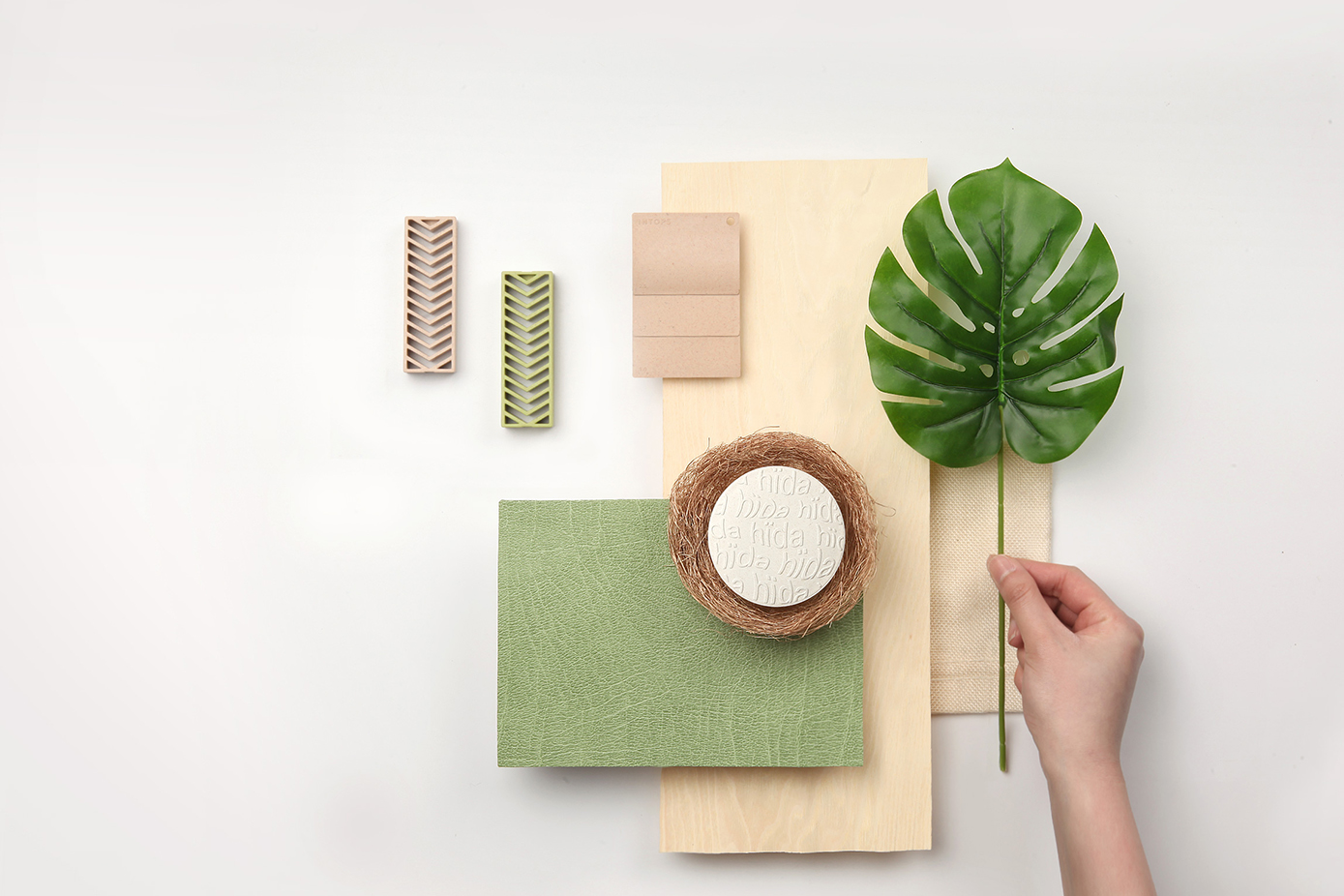-

In the time when plastic is the main problem to environment destruction, as more and more people practice beyond-plastic and zero waste, various industries are moving to recycle waste plastics or develop alternatives. Did you know the fact that there are more materials than you think that you can make plastic with? July's newsletter deals with the fantastic plastic. Get amazing insight and creative ideas through the CMF example brought to you by the hïda team.
England Cambridge University Research team's pea plastic

A team of researchers at the University of Cambridge in England has developed a plant-based plastic made from peas. They say that they were inspired by the fact that spider webs made of protein are dense and regularly arranged so that they are strong. The protein film made from peas is similar in safety and durability to the polyethylene film used for conventional plastic bags. In addition, it is eco-friendly because it is natural and biodegradable and has the advantage of being easily decomposed at home.
Made of Air's bioplastic made with bio-charcoal

Made of Air, a German start-up company, presented bioplastic that blocks carbon using forest and agricultural waste. This recyclable material can be used for everything from furniture to building front. 90% is made of carbon and saves about 2 tons of CO2e (carbon dioxide equivalent) per ton of plastic, contributing to environmental protection. Check out bio-charcoal, the main ingredient of bioplastic, the exterior materials for the Munich Audi dealership building and the limited edition sunglasses in collaboration with H&M.
Pivot Materials' bamboo plastic

Pivot Materials, an American start-up company, developed plastic using bamboo. Bamboo plastic has advantages such as antibacterial and antifungal properties, durability, light weight, and cost competitiveness by integrating natural fibers of bamboo into plastic. Other than this, at Pivot Materials they are researching rice and coffee husks, as well as hemp, barley, fruit husks and recycled carbon fiber. As the waste material reborn as plastic, it is definitely a meaningful action.
Dutch designer's algae-based bioplastic

Eric Clarenbek and Maati Drows, Dutch designers, developed a new bioplastic using algae from the waters. As this material is used in 3D printing, it is expected to become an alternative to synthetic plastic. Algae have the advantages of not making carbon dioxide during the production process, growing fast, and is biodegradable upon disposal.
This month's CMF recommended by hïda

At hïda, you can find eco-friendly composite materials which use recycled plastics and biomass from wood waste. This material is characterized by being able to control the content of wood waste in various ways (~50%) and to realize a grainy feeling depending on the size. Also, it is also attractive that you can feel the unique soothing scent of wood waste. It can be used in various fields such as toys, interior accessories, and various containers. Click on the image to have a closer look at the CMF.

 Save
Save

